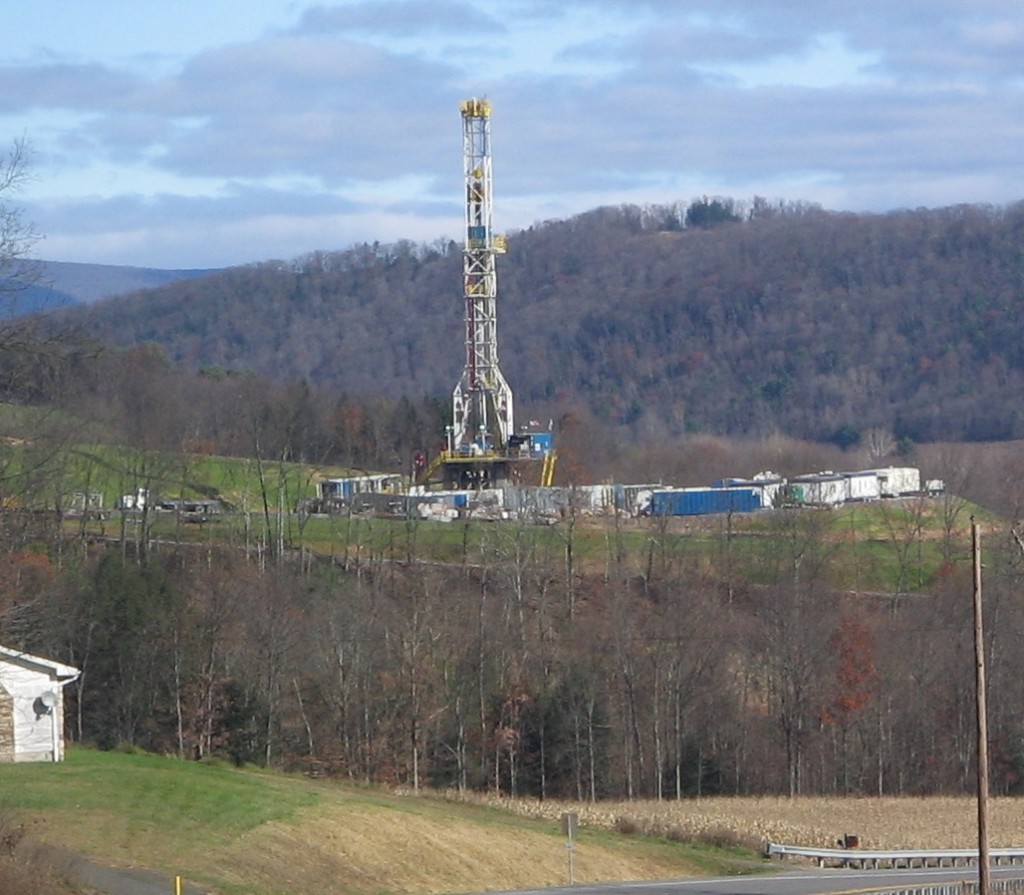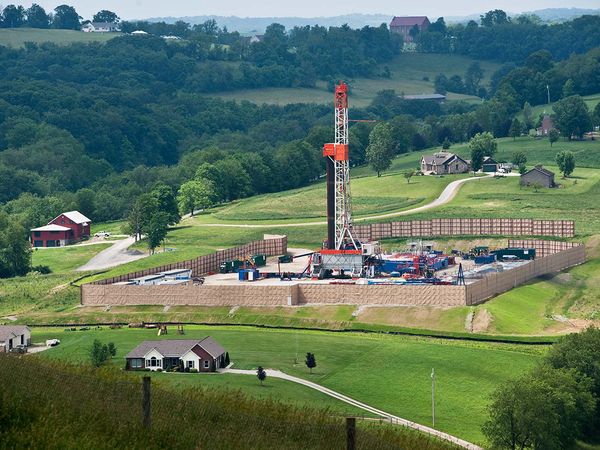One of Donald Trump’s promises during his campaign was that he would ban oil from all OPEC countries.
This article over at Alberta Oil Magazine discusses some of the implications of doing that. It points out that we use about 20 million barrels a day, produce about 8.5 million right now, and produced about 9.4 million in 2015 and about 8.7 million in 2014. We import only 3 million to 3.5 million barrels a day from OPEC countries.
Looking at the EIA reports, we get about four times as much oil from Canada as we do from Saudi Arabia, and almost as much from Mexico as we do from Saudi Arabia. All told, though, we get about 1/3 of our imports from OPEC countries. We would have to make up that 3-3.5 million barrels a day from somewhere.
If we banned OPEC imports it’s almost certain that OPEC would pick up some customers that non-OPEC countries currently supply, just by cuthing prices. Those non-OPEC countries would have some additional supply floating around, and would very likely just sell to the US. Most of the difference we need would be made up from shuffling around suppliers and customers.
Some of the difference would probably be made up by Canadian tar sands, but the tar sand operations would probably take a while to bring production back up. After the fires in Alberta earlier this year, the oil sands operations took a few weeks to bring back to full operations. Opening up new areas would likely take a lot more than a few weeks.
Mexico would probably try to take up some of the slack as well, but most oil exploration outside the United States is the old style, requiring months to years to bring significant oil production online.
That’s assuming there will be slack in oil supplies. Presumably, we would just start buying more oil from countries which already provide us oil. Of course, there may be treaties and transportation issues that I don’t know about which would limit the amount of oil we could buy from non-OPEC countries. If something, anything, gets in the way of our acquiring more oil from current non-OPEC sources, then the price of oil will certainly rise and production in the US will increase. Any kind of uncertainty will drive market prices up.
Any real slack in oil supplies would be taken up by American companies, doing horizontal fracking. The nice thing about a fracking operation is that it can be up and running in months, sometimes even weeks. Areas like the Permian and the Bakken which have been heavily explored and leased would be able to bring new production online within months. That’s not counting DUCs, drilled but uncompleted wells which just need to be fracked or turned in line (open the valves) to start producing.
There is one point about this entire thing that is worrisome for those of us in the Marcellus/Utica area. Increased oil production brings increased natural gas production. From the majority of oil wells there is some natural gas produced. This natural gas isn’t just vented or burned onsite. It’s sold into the pipeline system, and competes with gas produced elsewhere. If we do see increased oil production in the US, the associated natural gas production will drive down prices and demand, even if slightly, for Marcellus/Utica gas.





